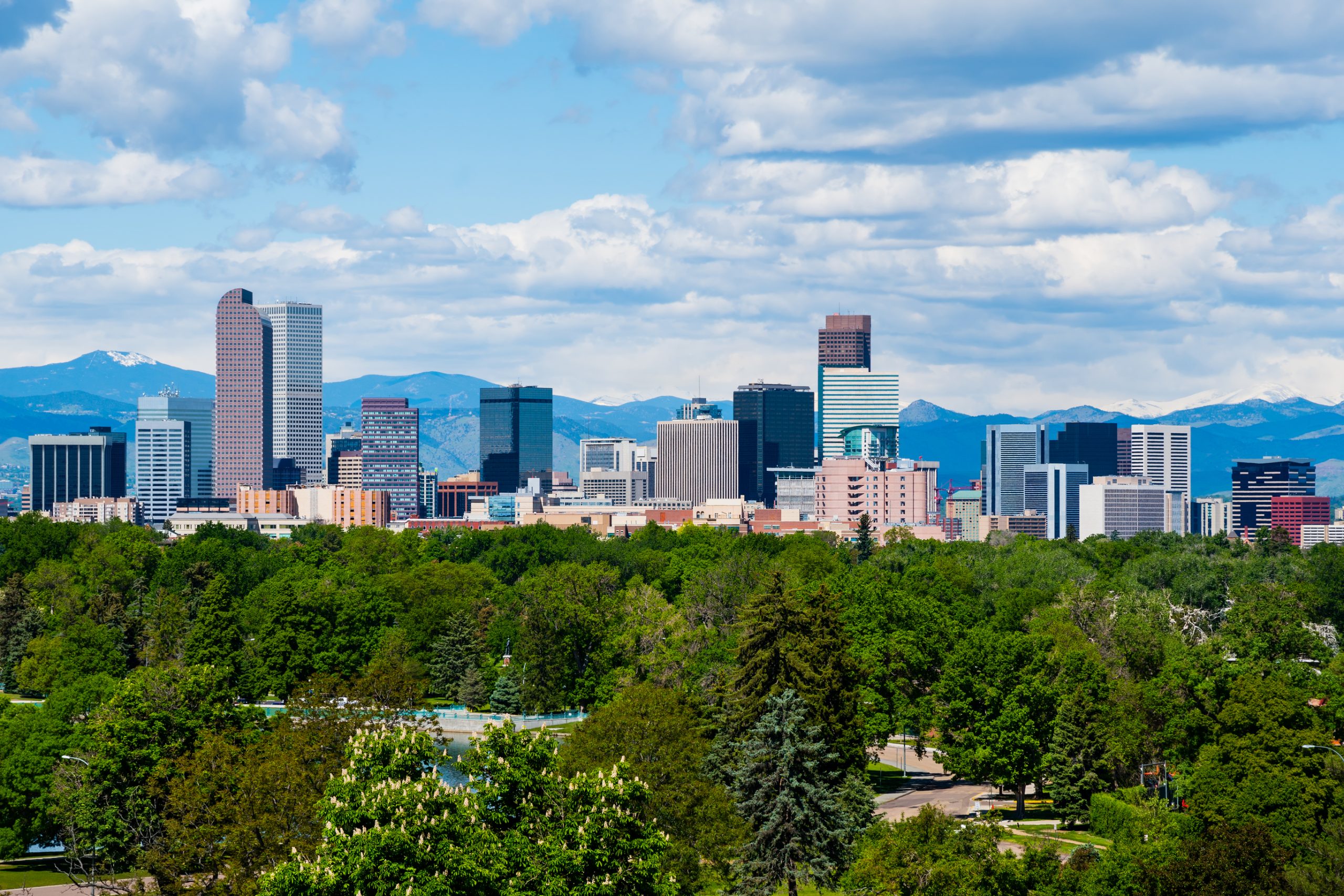How clean air can revive Colorado’s commercial real estate

In 2019, Colorado’s commercial real estate (CRE) market reached an all-time high. In the first quarter of 2020, nearly 3.7 million square feet of new office space began construction.
Then the pandemic hit. Restrictions were put in place. Office capacity was capped at 50% and workstations had to be spaced at least six feet apart. Now, as the state emerges from lockdown, the local economy needs a wholesale reopening of business.
It’s widely accepted that, for companies to thrive, they need physical presence. Personal contact and face-to-face brainstorming stimulate innovation and champion corporate culture. Most companies, therefore, want their staff to come back into the office, at least on a part time basis, so that their real estate assets can once again add value to the bottom line.
Resistance is building
But workers have got used to WFH and virtual meetings. Attitudes have changed. The real estate sector will have to make changes too, or it will lose out.
Workers are resisting companies’ attempts to lure them back into the office and it’s even been suggested in a recent Bloomberg article that some employees will quit instead of giving up working from home. That may be a stretch, but for many who do want to come back, at least for part of the week, infection control measures are critical.
Covid is mainly spread through the air. Just as people expect pure water from the tap, they now expect clean air at their place of work. If companies are to reap value from their office space, clean air needs to be top of the facilities management agenda.
A practical indoor air quality solution
The pursuit of clean air may give companies a headache, caught between the remit of their own company and that of their property managing agent. Fortunately, there is a simple solution.
The WHO recommends that an air purifier should be used to close the gap between the minimum litres per person per second requirement and what any existing ventilation provides. Companies can add portable air purifiers without affecting the fabric of the building. Working in tandem with HVAC systems, these can easily provide the optimum cumulative air change per hour rate.
HEPA filtration traps Covid
With many air purifier devices on the market, companies need guidance on the right technology. The Centers for Disease Control and Prevention (CDC) cites portable filtration units that combine a HEPA filter with a powered fan system as a preferred option. “While these systems do not bring in outdoor dilution air, they are effective at cleaning air within spaces to reduce the concentration of airborne particulates, including SARS-CoV-2 viral particles. Thus, they give effective air exchanges without the need for conditioning outdoor air.”
The diameter of the SARS-CoV-2 virus has been found to range between 0.05 to 0.14 microns and research by NASA proves that HEPA filters are most efficient at capturing ultrafine particles below 0.3 microns in size, as well as larger particles. The larger sizes are arguably more important as the virus is mainly carried in respiratory droplets, over 10 microns in size, that protect it from evaporation.
Ultraviolet light kills Covid
Having trapped the virus, it must then be destroyed. The CDC recommends ultraviolet germicidal irradiation as a disinfection tool, “when designed and installed correctly”. Combined with HEPA filtration, UVC light is able to destroy all virus particles that are trapped and held in place. Devices that use UVC alone, sometimes referred to as ‘Fly-by-kill’ products, do not subject viruses to UVC light long enough to guarantee inactivation, because they are a moving target.
A recent study by the Henry Ford Health System shows that germicidal UVC light is effective for killing Covid-19 on N95 respirators. Since the threshold for Covid-19 infection is estimated at only 300 virus particles, whereas an inhaled viral infection typically requires 1,950 to 3,000 virus particles, the case for air purification is even stronger.
Added value beyond the pandemic
While it’s hard to put a value on the financial contribution gained from collaboration and innovation, there are studies that demonstrate the benefits of reduced absenteeism, sustained health and increased productivity that directly result from clean air.
In the USA, poor air quality is responsible for $150 billion of illness-related costs per year. Of that, $93 billion represents lost productivity from headaches, fatigue, and irritation associated with sick building syndrome. The World Green Building Council reports that, after cleaning the indoor air, employers have seen workplace productivity increase by up to 11%. Taking it up a level, a Harvard study showed that, with better air quality, cognitive scores were 61% higher across nine functional domains, including crisis response, strategy, and focused activity level.
The office as we know it is under threat. Clean air is not just a weapon against Covid, but a defense mechanism for commercial real estate. The value of office life is in getting people together in an open environment and reaping the benefits of collaboration. The answer therefore cannot be cubicles, protective partitions and barriers. For Colorado’s commercial real estate to bounce back after lockdown, indoor air quality is the only solution.
